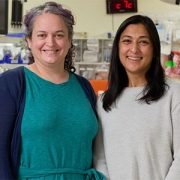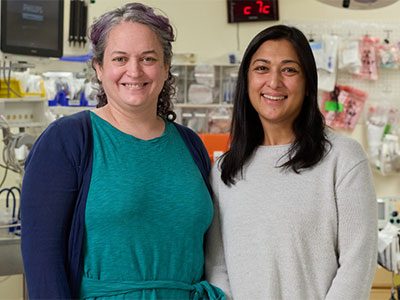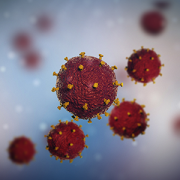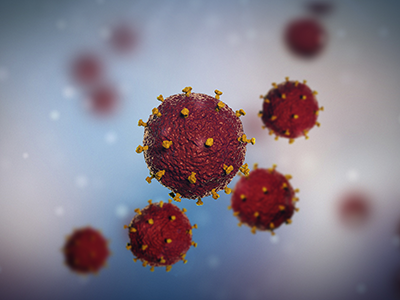National Academy of Medicine elects gun violence, health equity expert

“It is an absolute honor and privilege to be elected to the National Academy of Medicine,” Dr. Goyal said. “I am committed to NAM’s mission of using science to inform policy for the achievement of health equity.”
The National Academy of Medicine (NAM) has elected Monika Goyal, M.D., M.S.C.E., to its international body of 2,400 leaders in medical sciences, healthcare and public health. One of the highest honors for physicians, the achievement is reserved for individuals who have demonstrated outstanding professional commitment and service.
Dr. Goyal, emergency medicine physician and co-director of the Center for Translational Research at Children’s National Hospital, was recognized for her national leadership in research focused on pediatric firearm injury prevention. She has spotlighted the burden of firearm violence on child health and advanced pediatric equity science. Her research has led to the development of interventions to address healthcare inequities.
“It is an absolute honor and privilege to be elected to the National Academy of Medicine,” Dr. Goyal said. “I am committed to NAM’s mission of using science to inform policy for the achievement of health equity.”
The big picture
The National Academy of Sciences established NAM in 1970 as the Institute of Medicine. The diverse organization requires that at least one-quarter of its membership be selected from fields outside the health professions, including law, engineering, social sciences and the humanities. NAM elected 90 regular and 10 international members during its recent annual meeting.
NAM works with the National Academy of Sciences and National Academy of Engineering. Upon election, NAM members commit to volunteering their services for National Academies activities.
Why we’re excited
“I am thrilled that Dr. Goyal is joining me in this incredible body that works to provide independent, objective analysis on complex scientific problems and public policy decisions,” said NAM member Nathan Kuppermann, M.D., M.P.H., chief academic officer and chair of Pediatrics at Children’s National. “Dr. Goyal’s contributions to pediatric health will be an incredible asset to the organization.”
























